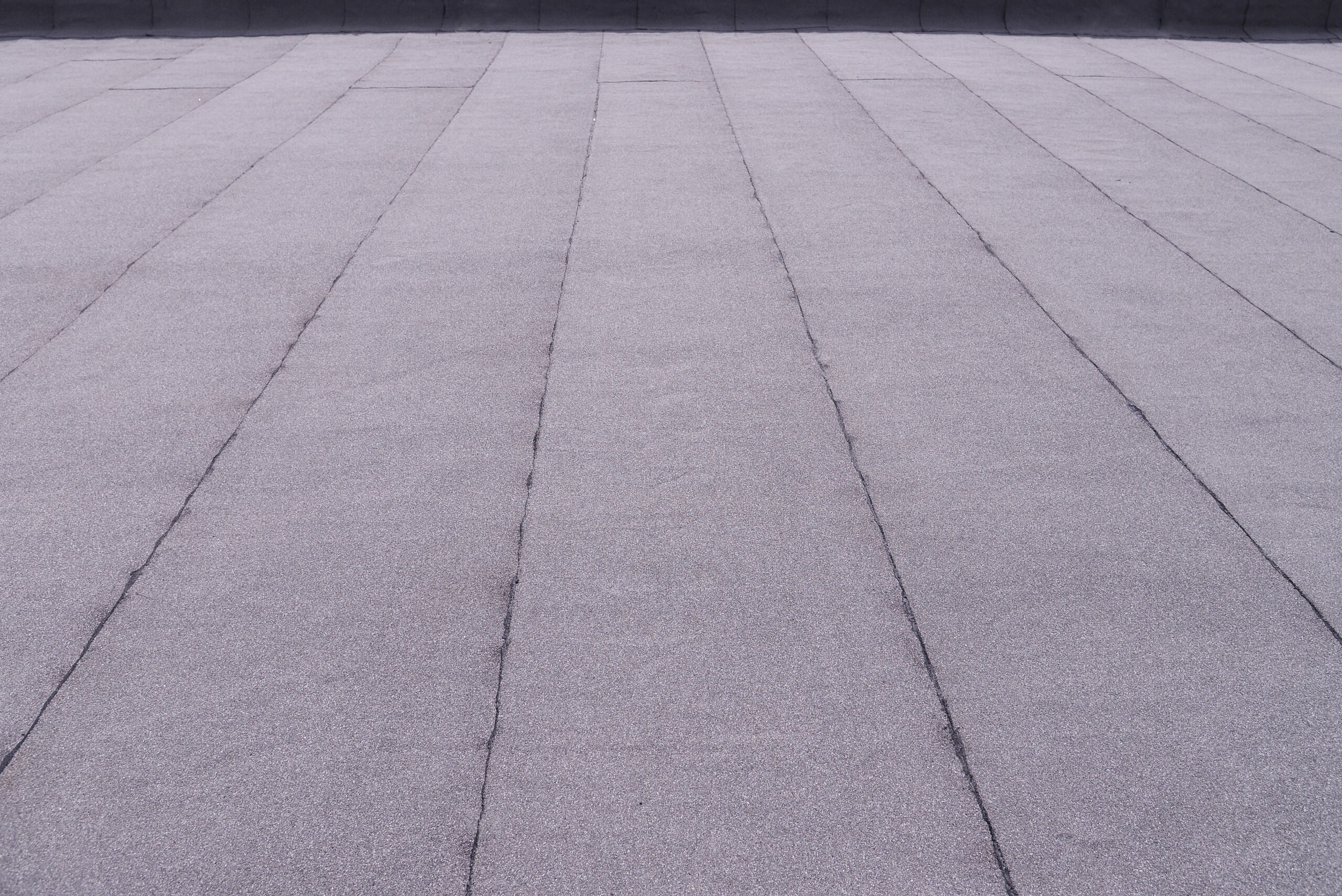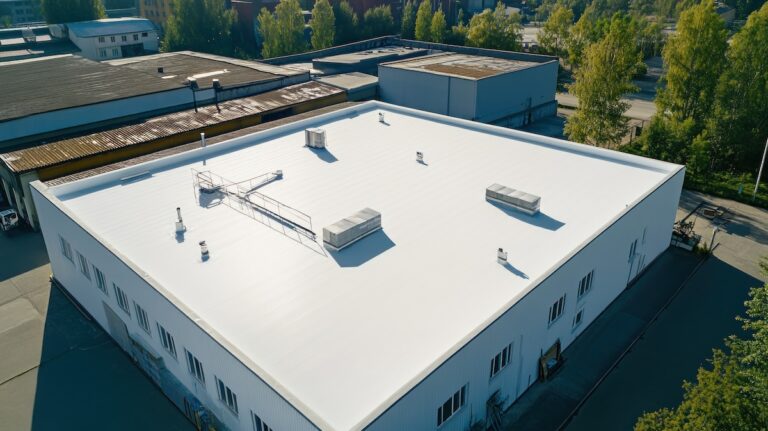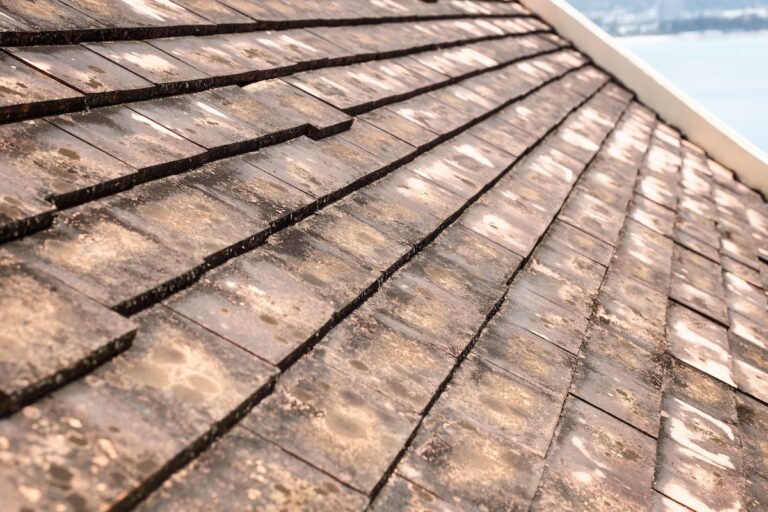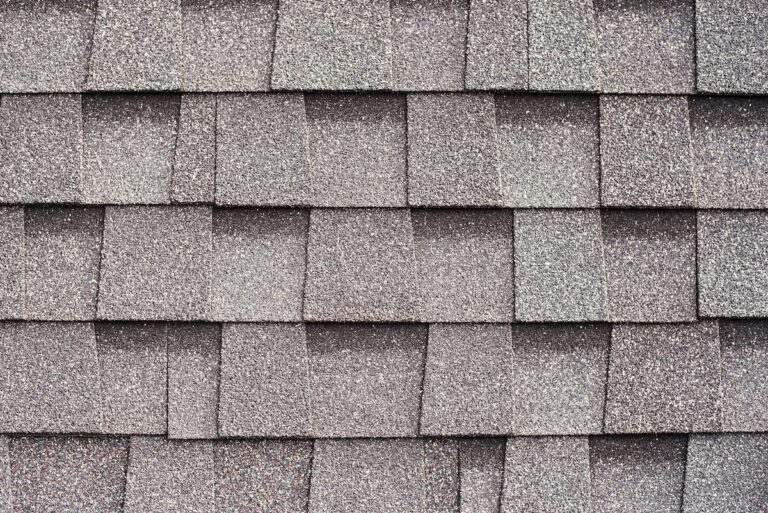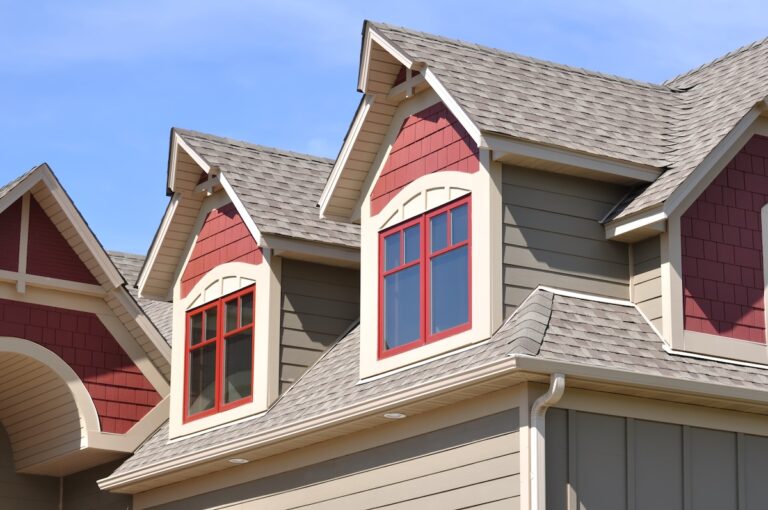When it comes to commercial buildings, few elements are as critical as the roof. A properly designed and maintained roofing system:
- Protects your investment
- Enhances energy efficiency
- Improves overall functionality
Among the various roofing options, commercial flat roofing stands out as a popular choice for many business owners. From industrial facilities and retail outlets to office spaces, flat roofs provide a versatile and cost-effective solution for commercial properties.
At G. Cannon Roofing, we specialize in delivering durable and high-performing flat roofing systems. Whether you’re installing a new roof or maintaining an existing one, this blog will guide you through everything you need to know about commercial flat roofing.
What Is Commercial Flat Roofing?
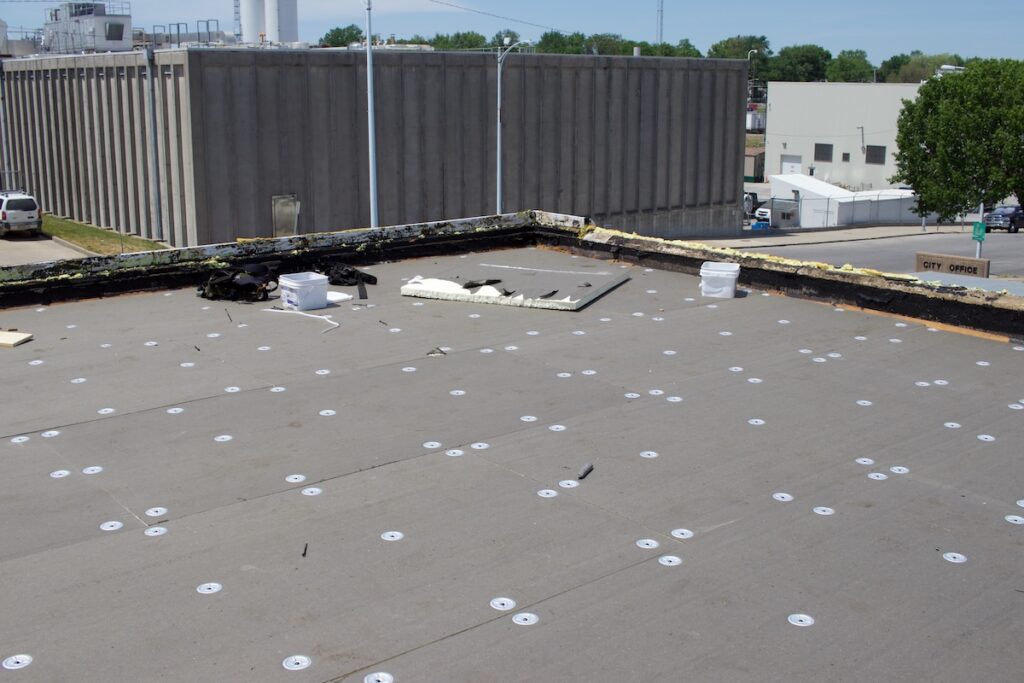
Commercial flat roofing refers to roofing systems installed on low-slope or flat-roofed commercial buildings. Unlike steep-sloped residential roofs, commercial flat roofs typically have a slight slope—around 1/4 inch per foot—to ensure proper drainage and prevent water pooling.
Flat roofing systems are particularly suited for larger buildings because they’re cost-efficient, easy to access for maintenance, and versatile enough to support additional equipment like HVAC units or solar panels. Our commercial roofing experts in Collegeville specialize in designing durable flat roofing systems for local businesses.
5 Types of Commercial Flat Roofing
There are several types of flat roofing systems available, each with its distinct features, benefits, and applications. At G. Cannon Roofing, we offer expert insight to help you choose the best option for your building.
1. Built-Up Roofing (BUR)
Built-Up Roofing, commonly referred to as BUR, is one of the oldest types of flat roofing systems. Composed of alternating layers of bitumen (asphalt) and reinforcing fabrics, BUR systems are finished with a layer of gravel or a UV-resistant coating.
Key Benefits of BUR:
- Extremely durable and long-lasting
- Provides excellent waterproofing
- Offers good insulation and fire resistance
Best For: Buildings that require superior strength and water resistance, such as industrial facilities.
2. Modified Bitumen Roofing
Modified Bitumen (Mod-Bit) is an improvement on traditional BUR systems. This roofing material is comprised of layers of asphalt and polymerized rubber, which are reinforced with fiberglass or polyester. The system is typically applied in rolls, making it easy to install and repair.
Key Benefits of Modified Bitumen Roofing:
- High resistance to UV rays, chemicals, and impact
- Flexibility in extreme temperatures
- Easy to maintain and repair
Best For: Versatile for various commercial properties, including retail and office buildings.
3. Ethylene Propylene Diene Monomer (EPDM)
EPDM roofing is a single-ply membrane system made from synthetic rubber. Known as “rubber roofing,” EPDM is one of the most popular flat roofing materials due to its affordability and durability.
Key Benefits of EPDM Roofing:
- Cost-effective and lightweight
- Highly resistant to UV rays and weather extremes
- Simple and quick installation
Best For: Warehouses, industrial spaces, and commercial properties in areas prone to extreme weather conditions.
4. Thermoplastic Polyolefin (TPO)
TPO roofing systems are another single-ply membrane option, known for their energy efficiency and eco-friendly properties. Composed of thermoplastic material, TPO is heat-welded at the seams to create a watertight bond.
Key Benefits of TPO Roofing:
- Reflects sunlight, reducing cooling costs
- Resistant to mold, punctures, and tears
- Environmentally friendly and recyclable
Best For: Businesses aiming to improve energy efficiency, such as office buildings and shopping centers. To better understand how these systems are applied, check out our detailed TPO roofing installation guide.
5. Polyvinyl Chloride (PVC)
PVC roofing offers many of the same benefits as TPO, but with added flexibility and strength. The membrane is highly resistant to chemicals, grease, and fire, making it ideal for specific industries.
Key Benefits of PVC Roofing:
- Superior chemical resistance
- Increased longevity
- Heat-welded seams for reliable waterproofing
Best For: Restaurants, chemical plants, and hospitals.
Why Choose a Flat Roof for Your Commercial Building?
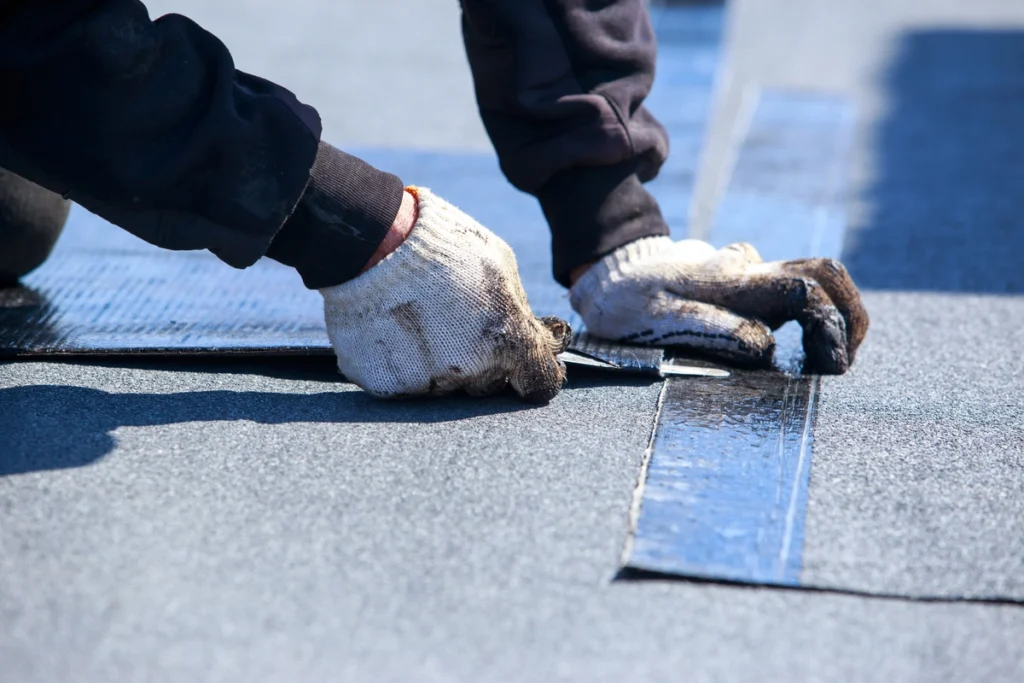
Flat roofing systems are a popular choice for commercial structures, and for good reasons.
Cost Efficiency
Flat roofs are generally less expensive to install than pitched roofs, making them an attractive option for large commercial properties that require extensive roofing coverage.
Space Utilization
Flat roofs can double as functional spaces for HVAC systems, solar panels, or rooftop terraces. This additional usability makes them particularly appealing for dense urban areas.
Ease of Maintenance
Flat roofs are far easier to inspect and repair than sloped roofs, providing convenient access for routine maintenance and addressing leaks or damage.
Energy Efficiency
Many flat roofing materials, such as TPO and PVC, reflect sunlight and reduce heat absorption, helping businesses lower energy costs.
Flat Roof Installation Process
At G. Cannon Roofing, we follow a meticulous process to ensure your flat roof is installed correctly and delivers long-lasting performance.
- Initial Inspection and Consultation: We assess your property to understand your specific needs and recommend the best roofing system.
- Preparation: The existing roof is removed (if necessary), and the structure is cleaned and prepped.
- Insulation Installation: To improve energy efficiency, we install rigid insulation boards beneath the roofing material.
- Membrane Application: The selected roofing material is applied in layers or as a single-ply membrane, depending on the system.
- Sealing and Finishing Touches: The seams are sealed to ensure waterproofing. Additional coatings or gravel may be applied for durability and insulation.
- Final Inspection: We perform a thorough inspection to ensure quality and adherence to the project’s specifications.
Common Challenges with Flat Roofs (and How to Address Them)
While flat roofs offer many benefits, they also come with unique challenges. Understanding potential issues and how to prevent them is key to maintaining a durable and functional roof. Explore our flat roof drainage solutions to prevent these issues before they start.
Ponding Water
Flat roofs, though slightly sloped, can sometimes experience ponding water due to poor drainage. Over time, this can lead to structural damage and leaks.
⭐️ Solution: Regular roof inspections and the installation of proper drainage systems can mitigate this problem.
Membrane Damage
Exposure to UV rays and weather conditions can cause membranes to crack, blister, or tear.
⭐️ Solution: Opt for high-quality, UV-resistant materials and schedule routine maintenance to address wear and tear.
Leaks
Poor installation, compromised seals, and aging materials make flat roofs susceptible to leaks.
⭐️ Solution: Work with experienced, professional roofing contractors like G. Cannon Roofing to ensure proper installation and regular inspections to catch issues early.
Maintenance Tips for Commercial Flat Roofs
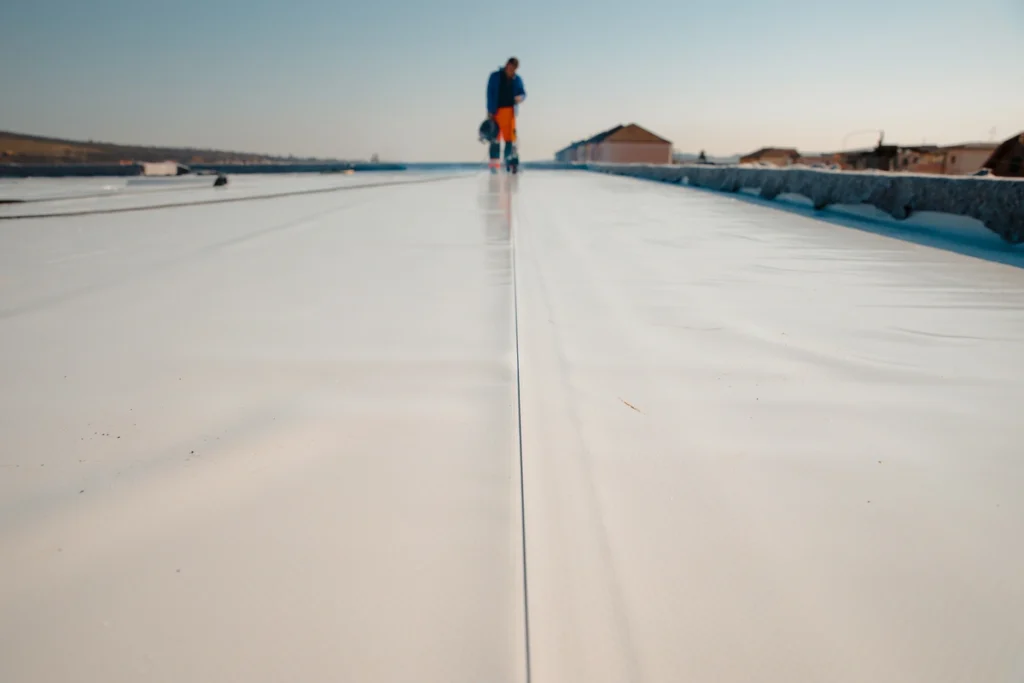
To maximize the lifespan of your flat roof, consistent maintenance is essential. Here are some tips to keep your roof in top shape:
- Schedule Regular Inspections: Have your roof inspected at least twice a year (and after extreme weather events).
- Clear Debris: Remove leaves, branches, and other debris that can block drainage or cause damage.
- Monitor Drainage Systems: Ensure all gutters and drains are free of clogs to prevent ponding.
- Repair Damage Promptly: Address small cracks, tears, or punctures before they escalate into bigger problems.
- Invest in Protective Coatings: Applying reflective or waterproof coatings can extend the lifespan of your roofing material.
Get the Most Out of Your Flat Roof with G. Cannon Roofing
Your flat roof is more than just a barrier to the elements—it’s an integral part of your building’s functionality and efficiency. At G. Cannon Roofing, we’re here to help you make the most of it. Whether you’re considering a new roof installation, need an inspection, or want to explore maintenance options, our roofing services in Blue Bell team is ready to help you protect your investment.
Whether you’re considering a new roof installation, need an inspection, or want to explore maintenance options, our team is ready to assist. Contact G. Cannon Roofing today for a consultation and take the first step toward a reliable and high-performing flat roofing system.
